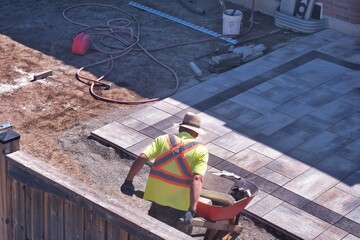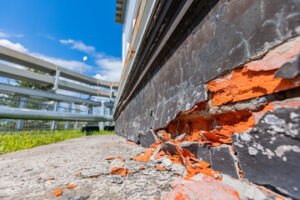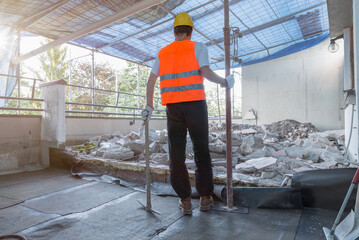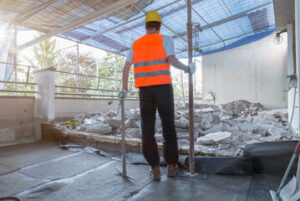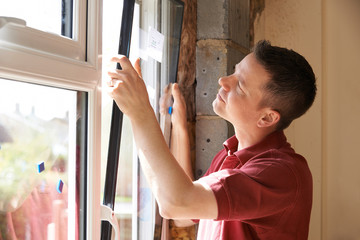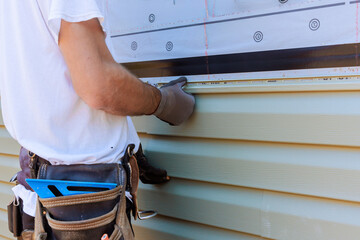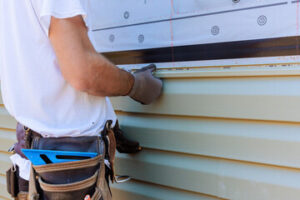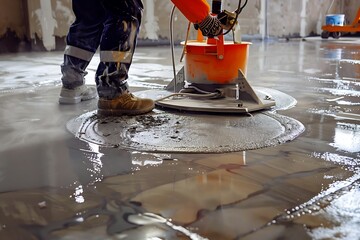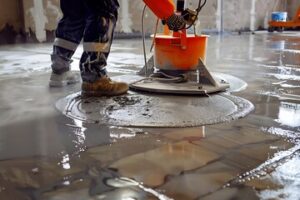Obtain quotes from several patio contractors and compare their cost estimates. Factors that influence cost include paving materials (pavers are durable but expensive, while flagstone is natural-looking but budget friendly) and finishing options (stamped concrete is less costly than brick or stone).
Request references from previous clients who have hired the patio contractor to build their project. A reputable patio contractor should be willing to share their portfolio and references.
When designing a patio, you should consider the size of the space, its usage, and any additional features that may be included. This will help you determine how much the project will cost and narrow your contractor search. When hiring a patio contractor, look for one with experience in designing outdoor spaces. They will be able to create a design that is both functional and visually appealing. A professional will also be able to provide insight into the different costs associated with your project.
Patios can be built from a variety of materials, and each has its own cost benefits and drawbacks. For example, poured concrete is typically the most affordable option for patios, but it can crack over time in climates that are subject to extreme temperature changes. Alternatively, stamped concrete offers the look of stone or brick but at a much lower price. However, it is still prone to cracking if not properly installed.
Before choosing a contractor, check with your city to see what permits are required for patios. In general, the more urban a setting is, the more likely it is to require a permit for patios. However, this is not a hard-and-fast rule, and some cities require permits for patios even in rural areas.
Once you have identified potential contractors, request portfolios of their past work. This will give you an idea of their style and the type of patios they are capable of installing. It will also help you determine whether their designs are a good match for your vision. Additionally, check their licenses and insurance coverage to ensure that they are qualified and reputable.
After you’ve narrowed down the options to 10 or 15 potential patio installation partners, visit their websites to view their portfolios and pricing information. This will help you choose a company that can deliver the patio you want without exceeding your budget. You can also contact their past customers to find out if they were happy with the service they received. If possible, ask for references from previous clients who have had similar projects to yours.
Installation
A well-constructed patio can be a beautiful addition to your home that enhances your outdoor space. It is a place to relax, dine, and entertain friends and family. Hiring the right contractor is vital to ensure that your project goes smoothly and efficiently. The best Bergen County outdoor patio contractors have experience and a strong understanding of all aspects of patio construction. They can help you design and build a patio that fits your needs, budget, and property. They can also answer any questions you may have about the process and materials.
How Long Have You Been in Business?
Look for a company that has been in business for at least 10 to 20 years. This demonstrates a track record of quality work and customer satisfaction. In addition, a long history can indicate a greater depth of knowledge and expertise.
Ask for References and a Portfolio
A good contractor should have a portfolio of previous projects and references that you can speak with. These will give you an idea of the contractor’s craftsmanship, professionalism, and communication skills. In addition, look for a website with photos of projects similar to yours.
Some patios may require a permit, especially those that include retaining walls. A knowledgeable contractor should be familiar with local regulations and can handle the permitting process on your behalf. They will be able to recommend products that meet local standards and will make sure your project is completed on time.
Patio contractors should be able to provide you with a clear timeline for the project, including a start date and completion date. They should also be able to tell you about any delays that may arise. A reputable patio contractor will be transparent about their costs and fees, and they should offer a warranty on their work.
If you have a specific budget for your project, ask the contractor to provide a cost estimate. This will help you determine which options are within your budget and allow you to compare quotes from multiple contractors. Some companies, such as Gerrior Masonry & Landscaping, offer free cost estimates.
Maintenance
Whether your patio is made of brick, concrete or wood, it requires regular upkeep to maintain its appearance and functionality. Staining or treating your wood surfaces, power washing and cleaning will all help protect the investment you’ve made in your outdoor space.
A professional contractor will be able to guide you through the necessary maintenance tasks, and can also help with the costs involved. Some homeowners choose to do some or all of the maintenance themselves in order to cut down on cost. However, the best way to save on patio maintenance is to select low-maintenance materials such as brick or concrete.
While choosing a patio contractor, it’s important to look for one with the proper license and insurance. Ask potential contractors for references and a portfolio of previous projects they have completed. Check online reviews and testimonials to gauge customer satisfaction with the contractor’s craftsmanship and professionalism.
You’ll also want to consider the contractor’s local knowledge. A contractor that understands your local climate conditions, soil types and building codes will be able to provide you with the best possible patio installation.
The most important aspect of a quality patio is attention to detail. This includes precise cuts, careful alignment of the pavers and a consistent pattern throughout the entire project. When choosing a patio contractor, it’s worth the extra time to find one who is committed to high-quality workmanship.
When it comes to cleaning your patio, sweep often and remove leaves, twigs and other debris as soon as they appear. This will prevent mildew, stains and other damage that can occur when dirt and debris are allowed to sit on the surface for an extended period of time.
If your outdoor patio is made of stone or other materials that require periodic cleaning, you’ll want to choose a cleaning solution that’s safe for the specific material. A gentle cleaner that doesn’t contain acid or harsh chemicals will be most effective. A pressure washer is another popular option for cleaning a patio, but this method can actually damage the surface if used improperly.
Repairs
Keeping patios in good repair prevents them from degrading further and ensures that they remain safe for outdoor recreation. In many cases, even serious damage like large cracks or broken pavers can be fixed with a few simple steps. Performing regular inspections for signs of damage, such as small cracks or loose pavers, is the first step. Winter protection, such as applying a sealant that protects against freezing and thawing damage, is another important measure. Additionally, installing proper drainage solutions prevents water buildup that may weaken the foundation. Finally, edging materials keep pavers in place and prevent them from shifting.
For more extensive damage, using a concrete patching compound available at home improvement stores is often enough to stabilize a cracked surface. To use this compound, simply force it into the cracked area and smooth it over the surface. Alternatively, you can hire a professional to repair the patio for a more thorough solution.
A professional can evaluate the extent of your patio repair needs and recommend a course of action. Whether the repair is a full replacement or just a few new pavers, it’s crucial to ask for cost estimates before hiring a contractor. Knowing how much the job will cost gives you the information you need to set a budget and manage your expectations.
Choosing a patio contractor who understands local climate conditions and soil types is vital. They can ensure that the patio is built to withstand the unique challenges of your region and will comply with local building codes. Additionally, they can help you determine if a permit is necessary for your project. In addition to providing installation and repair services, a reputable patio contractor can also provide advice on landscape design. They can advise you on what materials are best for your space, based on its size and the type of terrain. They can also assist you in selecting a color scheme and style that complements your home’s exterior, while matching the surrounding architecture. They can also provide recommendations for plants and trees that will thrive in your climate zone.

